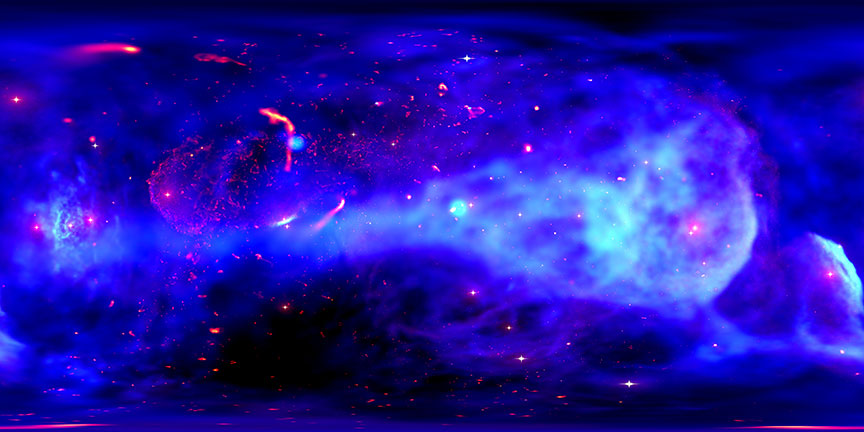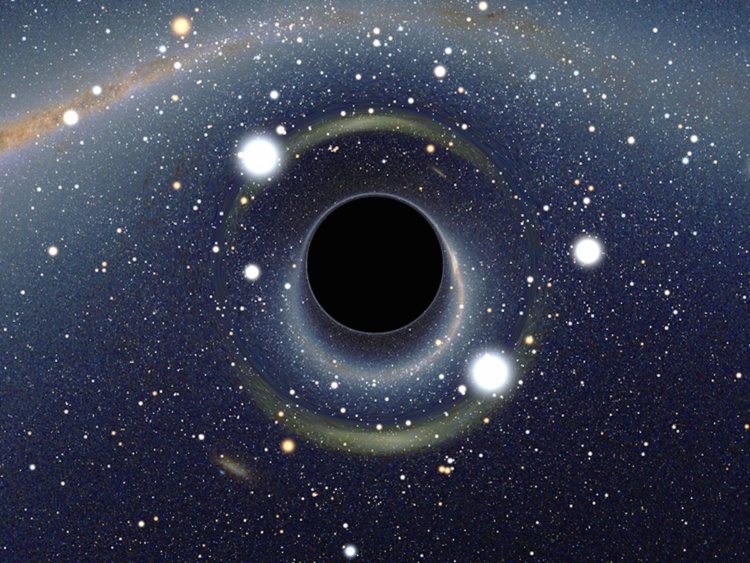
Researchers from Yale University claim to have found stronger evidence to confirm that galaxies with little or no dark matter do really exist.

The OSIRIS-REx mission has revealed interesting things about the asteroid Bennu. This includes the first-ever close-up observations of particle plumes erupting from an asteroid’s surface. There have been 11 “ejection events” since the spacecraft first arrived.

It is the sixth storm scientists have been able to document since 1989 when NASA's Voyager 2 probe first flew past Neptune, but it is the first whose birth and development was documented.

This 360-movie offers an unparalleled opportunity to look around the center of the galaxy, from the vantage point of the central supermassive black hole, in any direction the user chooses.

The SIRIUS-19 experiment recently kicked off in Russia, with six cosmonauts entering a simulated lunar environment (where they will spend the next 122 days conducting experiments).

Astronomers from Japan, Taiwan and U.S. have discovered 83 quasars powered by supermassive black holes in the distant universe, from a time when the universe was only 5 percent of its age.

Using ESA's Gaia spacecraft and NASA’s Hubble Space Telescope, astronomers have come up with the most accurate measurement yet of the Milky Way’s total mass. It contains about 1.5 trillion times the mass of Earth’s Sun.

An extreme form of solar storm, known as a solar proton event (SPE) struck our planet in 660 BCE. If an event of such magnitude were to happen today, it would likely wreak havoc on our technological infrastructure.

Located in the constellation of Hercules, about 230 million light-years away, NGC 6052 is a pair of colliding galaxies. This particular image was taken using the Wide Field Camera 3 on the NASA/ESA Hubble Space Telescope.

Indeed, the Demo-1 mission went exactly as planned, signifying an important milestone for the U.S. as it strives to regain its ability to independently send astronauts into space.

A research into how life evolved on Earth has shown that water alone does not guarantee life – nor does the presence of oxygen gas. And that two other major biosignatures, carbon dioxide and carbon monoxide could be needed.

Recent U.S. study suggests how surveys using gamma telescopes could find evidence of spacecraft powered by tiny artificial black holes. The concept of a black hole-powered spacecraft was first introduced by science fiction author Arthur C. Clarke.

The “quiet” black hole is located just 20 light years from the supermassive four-million-solar-mass black hole lurking at the centre of the Milky Way. In the future, it will fall into the supermassive black hole.

Juno took the photo 8,000 miles from the cloud tops during its 18th close flyby of Jupiter on February 12. Overall, 32 flybys are planned, so Juno is just beginning the second half of its flybys.

NASA and SpaceX announced that they are ready to conduct the first orbital launch of Crew Dragon as early as March 2nd, a demonstration that will directly precede the first crewed launch on a US rocket in more eight years.